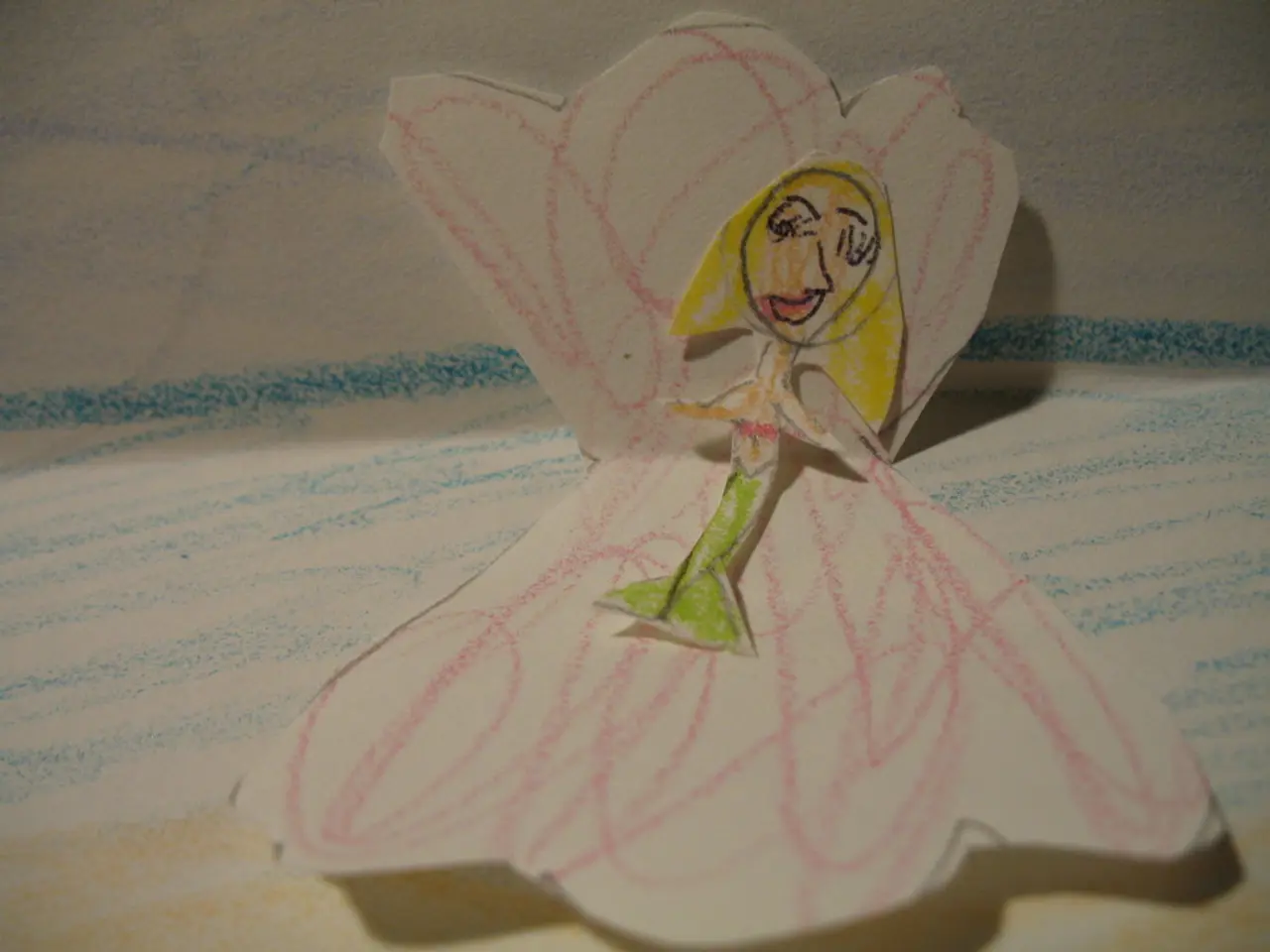Conceptualizing Art Before Creation: Strategies for Envisioning Your Artwork Prior to Its Inception
===========================================================================
Artists can take their creative process to new heights by incorporating various mental imagery techniques and tools. These methods, inspired by both artistic movements and psychological practices, can help artists visualize their ideas more effectively, boost their focus, and overcome creative blocks.
Mental Imagery Techniques
Mental imagery techniques, such as guided visualization, sketching in mind, color visualization, and 3D visualization, can help artists visualize their ideas more vividly. By imagining the elements, colors, and emotions of an art piece before starting, artists can create more impactful and cohesive works.
Techniques Inspired by Artistic Movements
- Psychic Automatism: This technique, closely associated with surrealism, involves creating art without conscious reasoning. Artists can draw or paint spontaneously, allowing subconscious thoughts to guide their work.
- Dream Imagery: Artists can tap into their dreams as a source of inspiration. By visualizing and interpreting their dreams, they can create surreal and symbolic scenes that reflect their inner thoughts and emotions.
- Frottage and Grattage: Techniques developed by Max Ernst, they involve rubbing or scraping surfaces to create textures that evoke unconscious imagery. Artists can use these methods to add depth and symbolism to their work.
Techniques from Psychological Practices
- Guided Mental Imagery: Similar to guided meditation, this involves verbal commands to guide vivid mental images. Artists can use this technique to visualize detailed scenes and emotions.
- Visualization Scripts: These provide detailed descriptions and prompts for mental imagery exercises. Artists can use them as a starting point to build their visualization skills.
Tools and Resources
- Guided Meditation Apps: Apps like Headspace and Calm offer exercises that can help artists relax and focus their minds, enhancing visualization.
- Vision Boards: A visual representation of goals and inspirations, these can serve as reminders and motivators for artists.
- Journals: Keeping track of visualization experiences can help artists reflect on their progress and insights.
Additional Creative Techniques
- Picture Prompts: Artists can use pre-selected images to prompt free associations, which can inspire new ideas and perspectives.
- Metaphorical Thinking: Comparing concepts through metaphors can help artists make abstract ideas more tangible and inspire creative connections.
- Similarities and Differences: This technique involves comparing two related objects to spark new ideas and visualizations.
The Power of Visualization
The emotional impact of colors plays a significant role in the emotions an artwork evokes. Each color has a unique meaning and can influence how viewers feel. By choosing the right color palette, artists can set the mood and tone of their piece, and ensure it resonates with their intended audience.
Sketching ideas, through methods like quick doodles and mind mapping, helps clarify the artist's vision and encourages spontaneity and experimentation. Creating a creative space with a quiet location, organized supplies, personalized items, good lighting, and a tidy environment can inspire ideas and encourage flow.
Mood boards are a collection of images, colors, and textures that inspire artists and set the tone for their artwork. Gathering visual elements from sources like online platforms, art books, magazines, personal photographs, and nature can help create a clear picture of an artist's ideas. Organizing these visual elements is crucial, and artists can use digital tools or physical boards to do so.
Combining textures and colors can add depth and emotion to an artwork. Layering different materials, using mixed media, and experimenting with digital textures are ways to do this. When using mood boards, artists should consider how the visuals relate to their theme and ask themselves questions like what emotions do they evoke and what story do they tell.
By incorporating these techniques and tools, artists can improve their visualization process, boost their creativity, and create more impactful artworks.
- Incorporating mental imagery techniques, like guided visualization and color visualization, can help artists visualize their artworks more vividly, leading to more impactful and cohesive creations.
- Techniques inspired by surrealism, such as Psychic Automatism, can promote subconscious thinking and guide the creation of surreal and symbolic artworks.
- Practicing guided mental imagery or using visualization scripts can enhance artists' visualization skills, helping them create detailed scenes and emotions.
- Utilizing guided meditation apps can help artists relax and focus their minds, thereby enhancing their visualization abilities.
- Career-development and personal-growth opportunities in the field of data-and-cloud-computing are expanding, with online-education platforms offering skills-training and lifelong-learning resources for aspiring professionals.
- Effective goal-setting and learning strategies, such as job-search tactics and self-development plans, are essential for success in technology industries, including artificial-intelligence and education-and-self-development.
- Mindfulness practices, such as conscious breathing and meditation, can boost productivity and focus in one's career and personal pursuits, promoting personal-growth and overall well-being.




